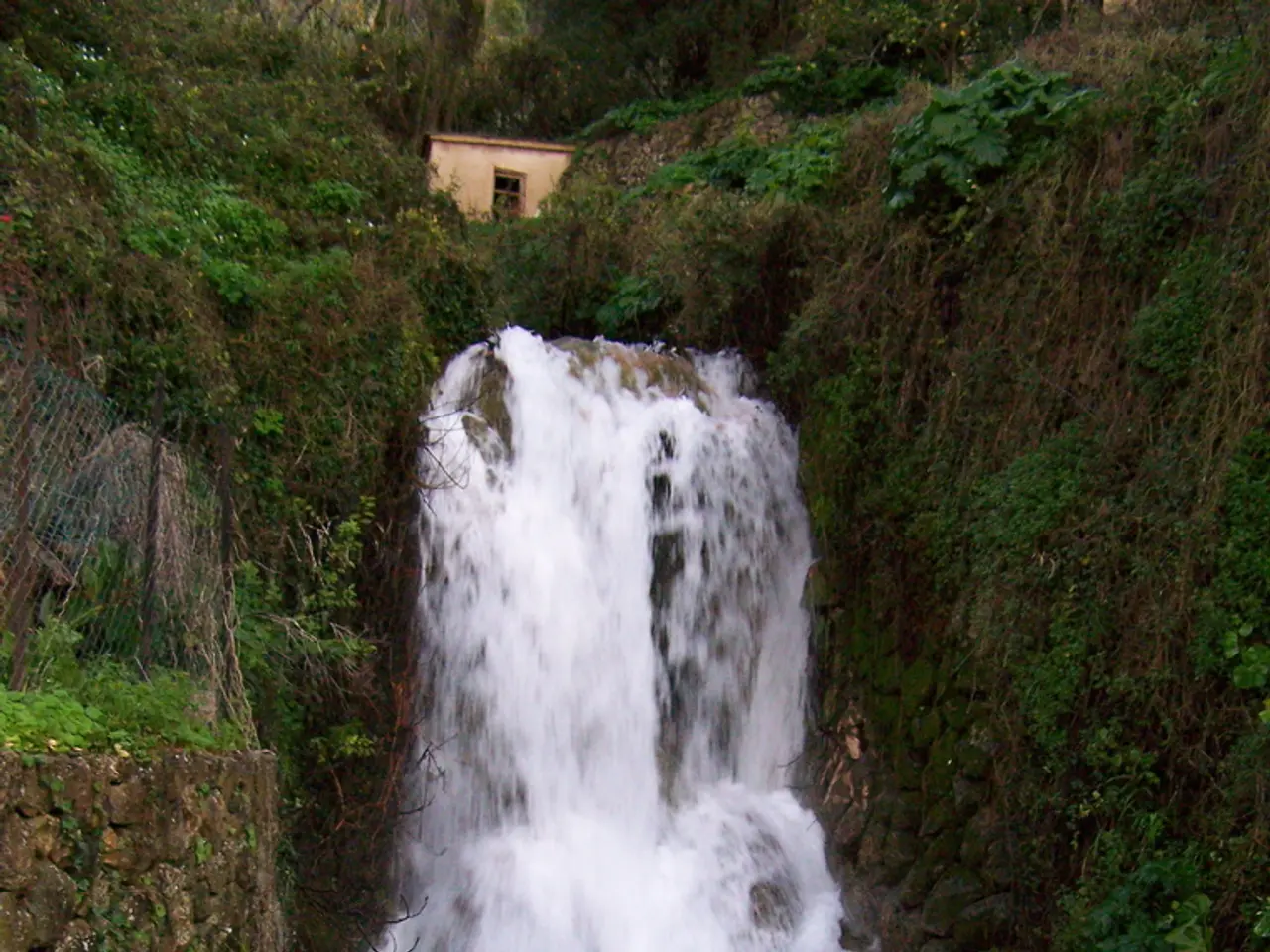TVA's Decision on Mattie Randolph's Displacement
A Tale of Resistance: Mattie Randolph and the Norris Dam
In the heart of the Great Depression, Mattie Randolph made headlines when she refused to leave her land during the construction of the Norris Dam in 1936. Her story, deeply rooted in personal and familial attachments, mirrors the complexities and challenges faced by many residents displaced by the Tennessee Valley Authority (TVA) projects.
The TVA was established in May 1933 as part of FDR's New Deal, with the objective of taming floods, improving agriculture, and electrifying rural areas of the south. One of its most significant undertakings was the damming of long stretches of the Tennessee River, a move that would submerge thousands of acres of farmland.
By the 1930s, decades of over-use had depleted much of the soil in the Tennessee Valley, leading to rural poverty. Many farmers in the region had owned their land for generations, making the prospect of relocation all the more daunting. The TVA, with the right of eminent domain, was authorized to seize land for the project, and landowners were to be paid a "fair" price for their property and assisted in their relocation.
However, Mattie Randolph's refusal was not solely due to financial concerns. Her attachment to her land ran deep, representing not just a home but a way of life and heritage. This emotional connection to her property, coupled with skepticism about the relocation justified by the TVA’s development goals, made her story a symbol of the struggle many faced during this period.
Mattie Randolph's resistance was so notable that it inspired elements of the plot of the 1960 film Wild River, which dramatized the tensions between residents and TVA during dam construction. Montgomery Cliff and Lee Remick starred in this movie, which loosely interprets the story of the Randolph family.
It's important to note that Mattie Randolph's story is not necessarily representative of all those relocated during the TVA's construction. Some farmers did not want to leave or were reluctant about their family farms being under water for a long time. However, her story may provide insights into the personal struggles and emotions experienced by some of those affected by the TVA's construction.
The Memorandum Relating to the Relocation of the Randolph Family and the Notes Relating to the Relocation of the Randolph Family documents, both available as PDF documents with National Archives Identifiers 656693 and 656692 respectively, provide a detailed account of Mattie Randolph's refusal and the subsequent negotiations between the TVA and the Randolph family.
In conclusion, Mattie Randolph's story serves as a poignant reminder of the human cost behind large-scale infrastructure projects like the Norris Dam. Her tale, marked by emotional attachments to her family farm and history, offers a glimpse into the complexities and challenges faced by those displaced during the TVA's construction.
Policy-and-legislation surrounding the TVA's relocation of residents during the Norris Dam construction was a contentious issue, with politics heavily influencing the outcome. General-news coverage highlighted the story of Mattie Randolph, who refused to leave her land, reflecting the emotional struggles faced by those displaced.
The TVA's policy-and-legislation, granting them eminent domain to seize land for the Norris Dam, created a politics-driven conflict between the organization and the affected residents, most notably highlighted by Mattie Randolph's resistance.








